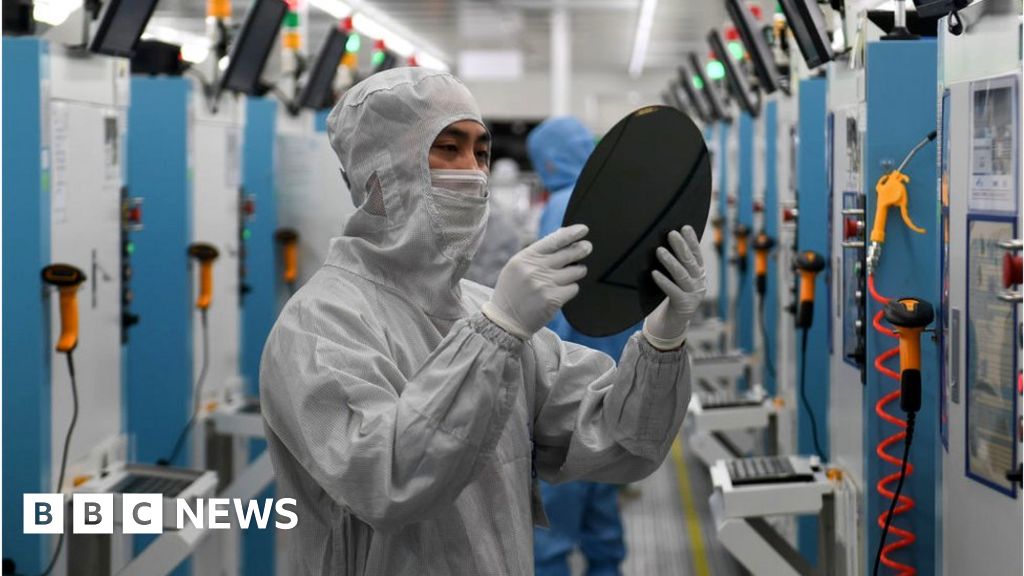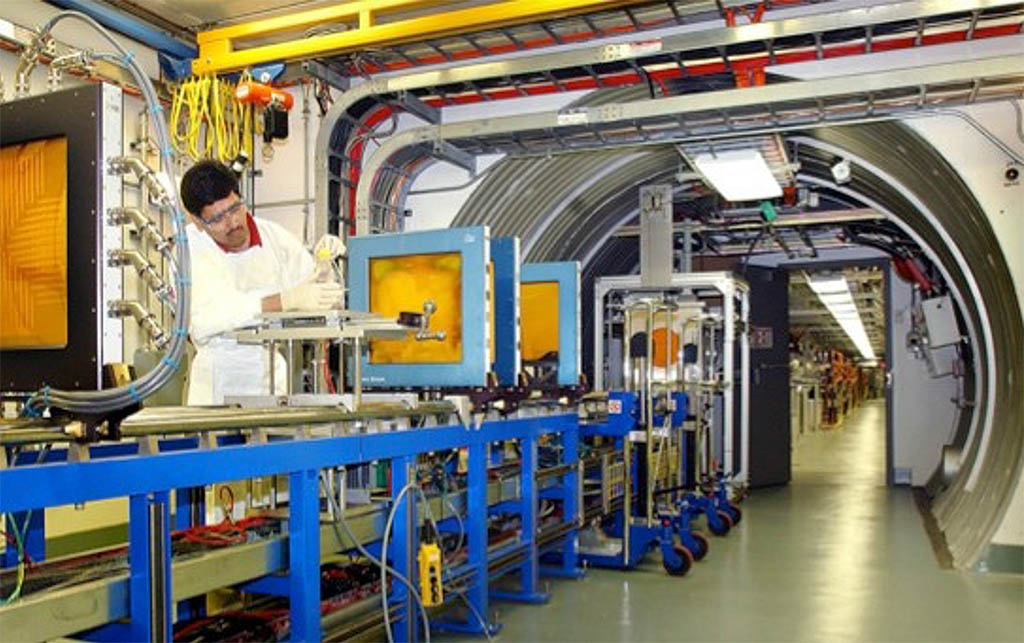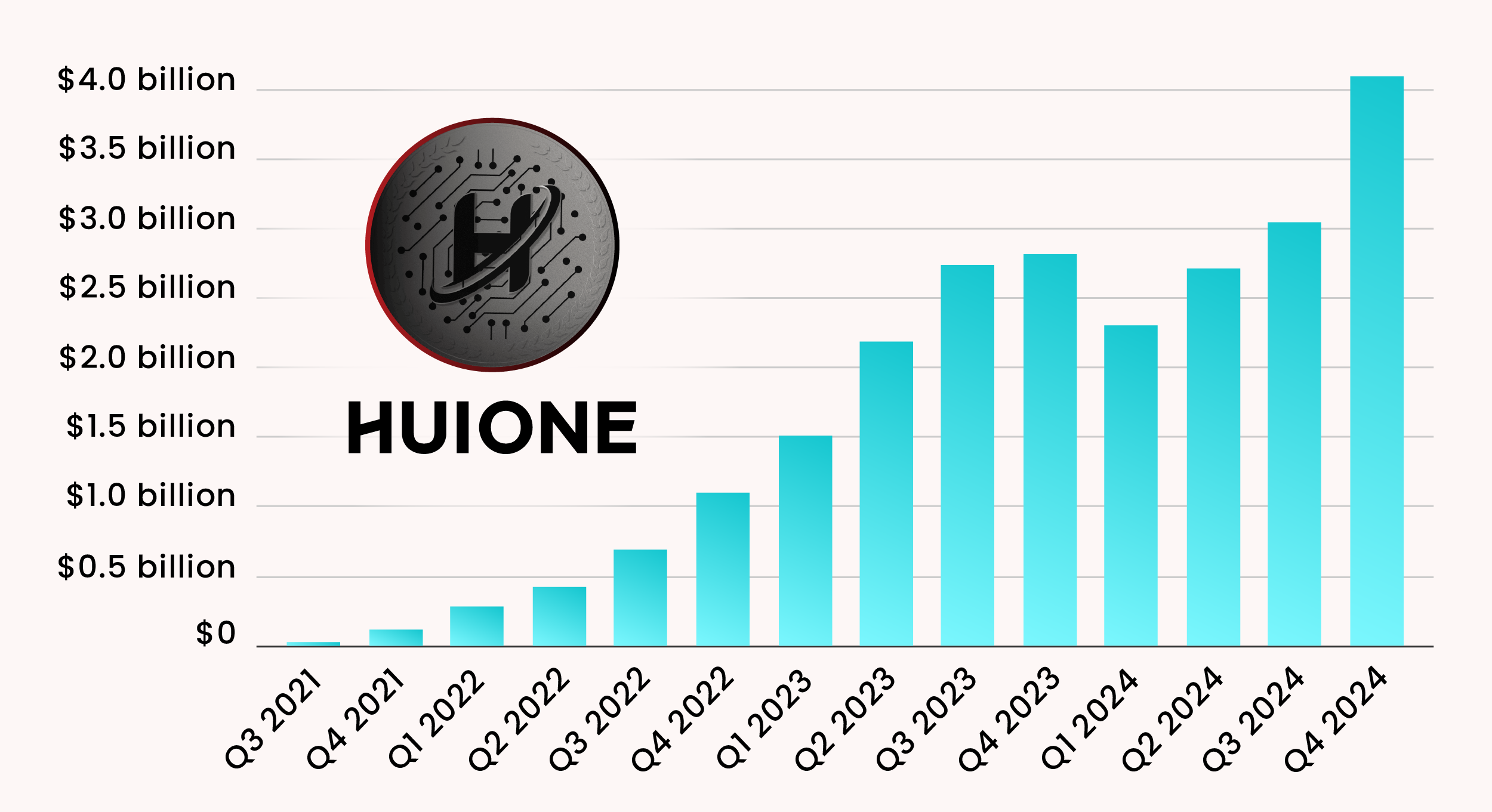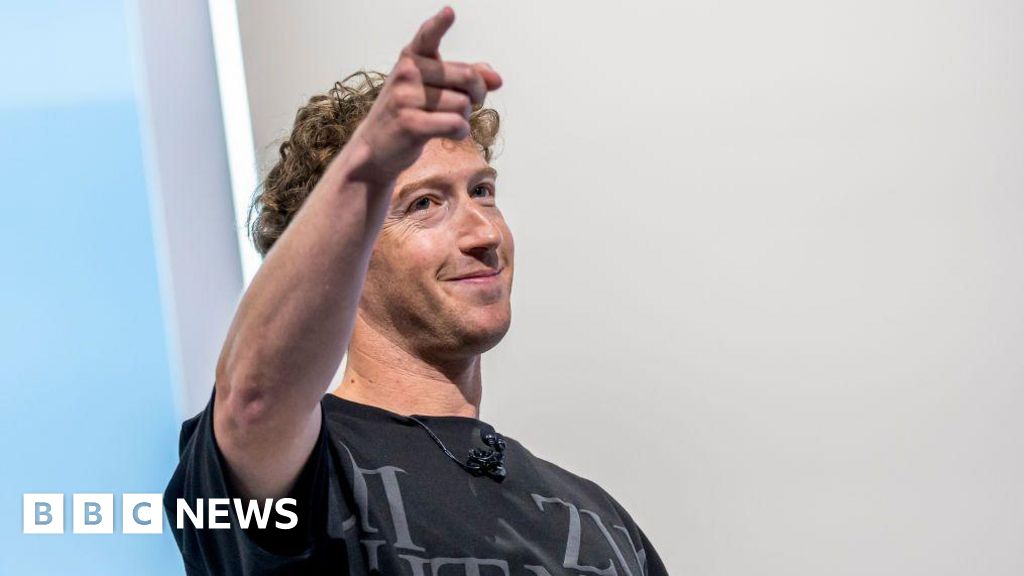
The Machines Are Proving Ray Kurzweil Right—Sort Of
In the 1960s, Arthur C. Clarke was the face of futurism. A deep-sea explorer, inventor, and science-fiction author, Clarke dazzled Anglophone audiences with visions of global computer and satellite networks, space travel, and artificial intelligence. Against his boundless technological optimism, the Cold War could appear but a blip. This sleight of exuberance drove interest in his Wellsian articles and essays, collected in 1962’s Profiles of the Future: An Inquiry Into the Limits of the Possible. The adages that anchor that book—“Any sufficiently advanced technology is indistinguishable from magic”—appeared just as a 14-year old prodigy named Ray Kurzweil was teaching himself to build computers in his family home in Queens, New York. Six decades later, Kurzweil still quotes Profiles of the Future in his lectures and writing. And when it comes to understanding Kurzweil’s signature idea—the merging of human and artificial intelligence that he calls the Singularity—it’s useful to look at the screenplay Clarke wrote with Stanley Kubrick a few years later.
Since the release of 2001: A Space Odyssey in 1968, public expectations and fears of sentient AI have generally looked like HAL 9000, the film’s glowing red dot of artificial consciousness in charge of operating the spacecraft Discovery One. The HAL model of computer-based intelligence is basically a murder-machine: an unpredictable, hostile “other” that turns on its creators. It reappears in the red pupils of Skynet Terminators, the dollhouse revolts of M3GAN and Ex Machina, and in the cautionary scenarios of a growing legion of AI doomers. For Kurzweil, however, HAL-like sentience was always a mile marker, not an endgame. His career as a futurist can be seen as an attempt to correct his late friend’s enduring depiction of AI as an external threat, and prepare the public for an inconceivably grander and weirder fusing of carbon- and silicon-based intelligence. In 2001 terms, the Singularity isn’t HAL—it’s the psychedelic interspecies wormhole of the film’s sublime third act, “Beyond the Infinite.”




















